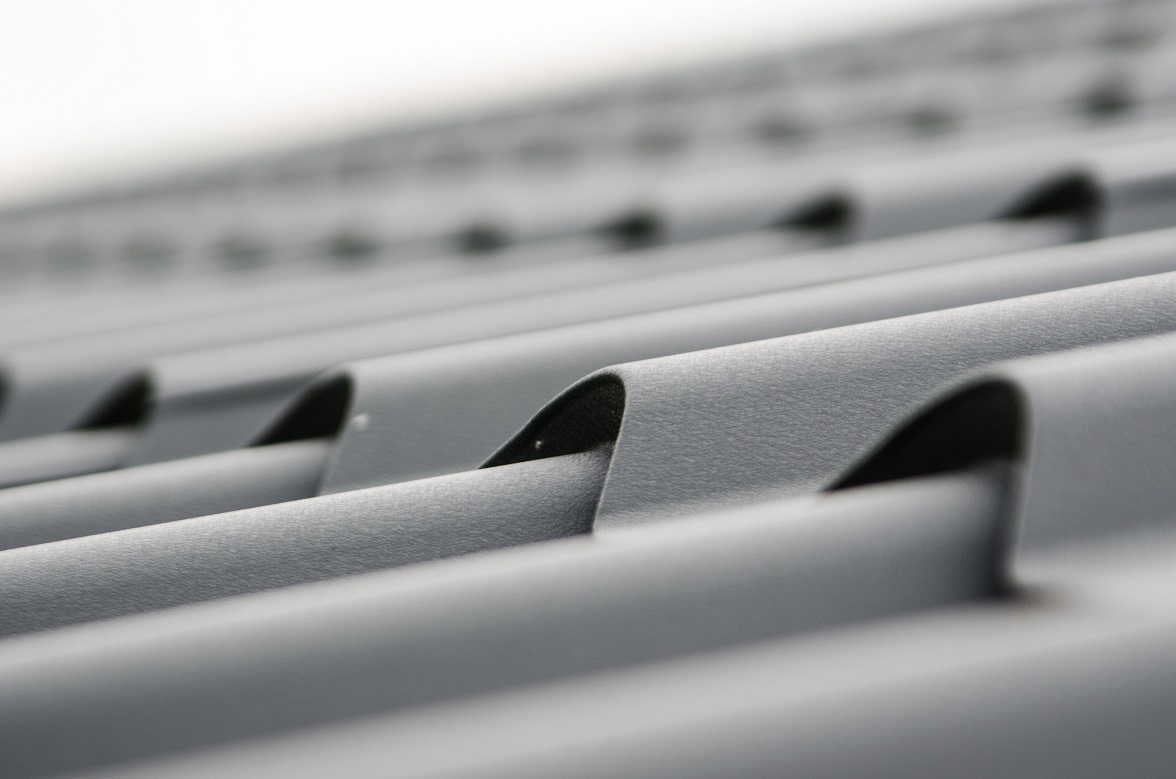
How to Choose the Best Roofing Material
October 21st, 2022
Category: All Blogs, Roofing Solutions
Introduction
The roof of your home is as important as its foundation. It protects your family and possessions against weather and outside intrusions, making it much more than just another construction component. Therefore, your choice of roofing material will have a significant impact on the safety and functionality of your property.
Factors to consider while choosing a roofing material
Making the ideal choice can be difficult given the abundance of possibilities. Let’s think about some of the most crucial aspects to bear in mind while choosing a roofing material.
– Design of Your House
The architectural style of your house will influence some of your roofing material choices. For instance, whereas tiles are better suited for older-type homes, asphalt shingles are adaptable and go with practically any architectural style. Dark roofing is complemented by houses with red, green, or yellow paint. Dark grey or black roofs should be used with grey, blue, or white residences for a timeless but contrasted appearance. Brown roofs or a brown-and-white color scheme look good with houses that are painted tan, cream, or brown. Whatever the material, make sure it complements your architectural and wall color.
– Roofing Application
When choosing your roofing material, consider whether it will be installed on a brand-new building, as a replacement roof, or as an addition to an existing structure. With new roofs, you have more options since, unlike with replacement roofs, you are not constrained by the existing roof’s materials, the composition of the underlying roof structure, or the roof pitch. Your material options are further limited by the additional roofing, which must both operate and integrate into the existing structure.
– Efficiency of Energy
The right kind of roof can lower your energy costs and help you save money. The heat from the sun is reflected away from the attic by some materials, such as metal and asphalt shingles, as opposed to being absorbed and transferred to the area below. Your air conditioner won’t have to work as hard to lower the temperature to a tolerable level if your roof is cool. Your energy costs may be significantly impacted by this.
– Climatic Condition
Consider the climate in your area before selecting a roofing material. For instance, if it rains frequently, use a material that can survive strong rainfall. Another option is a roof with a slope that makes it simple for water and snow to drain. For hotter regions, materials like terracotta, concrete, and slate tiles are excellent. Slate, metal, and asphalt shingles are examples of materials that will hold heat if you reside in a cooler climate. Select a material that can withstand such weather conditions to prevent roof damage.
– Maintenance
What will it take to keep your roof maintained? What does routine maintenance look like? Will it require annual painting or recoating? How frequently will you require the services of a roofer? What is the price of expert maintenance? When selecting a roofing material, keep all these considerations in mind.
– Weight
The structural integrity of the roof may be impacted by the weight of the materials on the roof. Choose materials that enhance rather than stress your building’s structural stability. Keep in mind that a building begins to lose strength as it ages. For houses constructed more than 40 years ago, it’s crucial to choose a lightweight roofing material, such as asphalt, to lessen the total load on the structure.
– Resilience
It’s crucial to select a durable roofing material, especially if you reside in a region vulnerable to natural catastrophes like hurricanes, wildfires, and hailstorms. A resilient roof can endure punctures and avoid dents. A little hole in the top waterproofing layer of your roof might let water in and harm your home. While no roofing material is completely fire resistant, some, such as metal, tile, asphalt, and treated shakes, won’t catch fire when exposed to sparks or embers from a nearby fire.
– Cost
Budget is a significant factor when a roofing material is considered. Prices for various materials vary depending on the brand, quality, and cost of production. For instance, slate is pricey compared to asphalt shingles reasonable cost. It should come as no surprise that long-lasting, premium roofing materials cost more than inferior ones.
It’s crucial to keep in mind, though, that just because a material is expensive doesn’t necessarily indicate it will last forever; it might only be pricey due to its brand. To assist you in choosing the material that best fits your demands and budget, speak with a reputable roofing provider.
– Longevity
Since the lifespans of various roofing materials vary, you must pick the one that best satisfies your needs. Ask yourself if you intend to stay in or sell your house shortly. If the latter, think about using durable materials like metal, tile, or slate. They do require a higher installation cost than other solutions, but they frequently survive for decades. Choose the roofing material based on your interests and long-term goals.
Conclusion
Roofs are frequently subjected to harsh weather, including sweltering heat, torrential rain, heavy snowfall, and powerful winds. Therefore, it’s important to pick the correct material to safeguard your house, its residents, and its possessions. Before buying a roofing sheet, consider each of the aforementioned considerations so that you can give your abode the ultimate layer of protection.
About Us
Dura Roof provides roofing services in various states, such as Assam, Arunachal Pradesh, and Mizoram. They also operate in Siliguri, Jalpaiguri, Kishanganj, and nearby locations. Dura Roof has started to expand its branches towards Bhutan. We deal in various roofing accessories as well as install them. And, in case you are looking for the same, we will look after that thoroughly.
To know more about roofing solutions, visit our page and follow us on Facebook and Instagram
Leave a Comment
